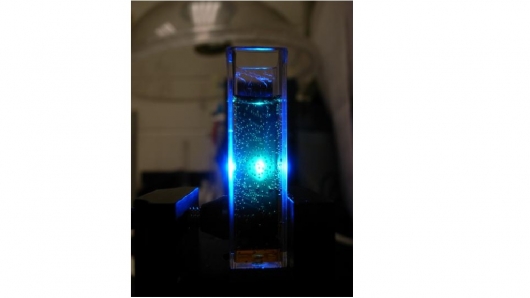Breakthrough in quest for solar hydrogen production
By Jeff Salton
18:25 March 14, 2010

Scientists at Emory University, Atlanta, Georgia, have built on feats of Mother Nature to develop the most potent homogeneous catalyst known for water oxidation, which they hope will lead to producing clean hydrogen fuel using only water and sunlight. Could cars of the future be powered by just water and a solar collector on the roof?
The water oxidation catalyst (WOC) research is a component of the Emory Bio-inspired Renewable Energy Center (EBREC), which aims to copy natural processes like photosynthesis to generate clean fuel. The next step involves incorporating the WOC into a solar-driven, water-splitting system. The long-term goal is to use sunlight to split water into oxygen and hydrogen. While hydrogen becomes the fuel, its combustion produces water - which would then flow back into a clean, green, renewable cycle. “The fastest, carbon-free molecular WOC to date has really upped the standard from the other known homogeneous WOCs," said Emory inorganic chemist Craig Hill, whose lab led the effort. "It's like a home run compared to a base hit."
The new WOC is based on the cheap and abundant element cobalt, adding to its potential to help solar energy go mainstream.
Challenges
The lab developed a stable, carbon-free WOC prototype two years ago, but this was based was ruthenium, a relatively rare and expensive element. Three main technical challenges face the team. They are developing a light collector, a catalyst to oxidize water to oxygen and a catalyst to reduce water to hydrogen.
Hill says all three components need improvement, but a viable WOC may be the most difficult scientific challenge. "We are aiming for a WOC that is free of organic structure, because organic components will combine with oxygen and self-destruct," Hill says. "You'll wind up with a lot of gunk." "We've duplicated this complex natural process by taking some of the essential features from photosynthesis and using them in a synthetic, carbon-free, homogeneous system. The result is a water oxidation catalyst that is far more stable than the one found in nature."
The breakthrough, to be published in Science was made in collaboration with the Paris Institute of Molecular Chemistry.
Copyright © gizmag 2003 - 2010 To subscribe or visit go to: http://www.gizmag.com